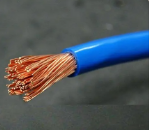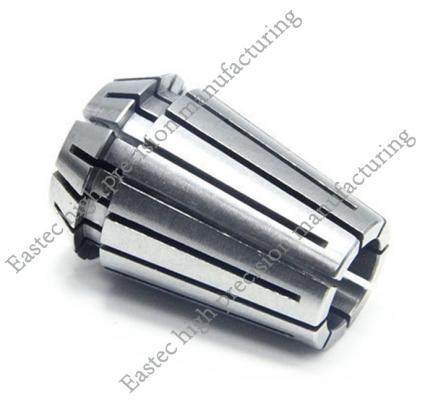The following is a comprehensive summary of precautions for producing part engineering drawings, covering key points in the entire process from basic settings to detailed annotations:
I. Core Principles of View Layout
1. Selection of Drawing Format and Scale
- Drawing format: Prioritize using the horizontal A3/A4 drawing format (for easy binding).
- Scale priority: 1:1 > Enlarged scale (e.g., 2:1) > Reduced scale (e.g., 1:2).
- Complex parts: Multiple scales can be combined (local enlarged views should be marked with their own scales separately).
2. View Planning
- Main view: Reflect the main outline of the part (preferably select the machining position or working position).
- Auxiliary views: Sectional views (full section/half section/stepped section), directional views, and local views.
-
Layout examples:
- The main view occupies 1/3 - 1/2 of the drawing area.
- Reserve 1/4 of the drawing area for dimension annotation.
- Local enlarged views are arranged along the edge of the drawing frame (marked with Roman numerals such as Ⅰ, Ⅱ).
II. Dimension Annotation Specifications
1. Annotation Hierarchy
- Key dimensions: Dimensions that directly affect assembly/function (tolerances should be marked).
- Important dimensions: Dimensions that affect the manufacturing process (e.g., mating surfaces).
- General dimensions: Non - key outline dimensions (un - specified tolerances can be referenced).
2. Annotation Techniques
- Avoid chain dimensioning (to prevent cumulative errors) and use datum dimensioning.
- Group dimensions of the same features (e.g., mark uniformly distributed holes as "6×Ø8 EQS").
- Use leader lines for counterbored holes/countersunk holes (e.g., "Ø10×90°").
III. Tolerances and Technical Requirements
1. Tolerance Annotation Steps
- Mark geometric tolerances first (e.g., flatness, coaxiality).
- Then mark dimensional tolerances (preferably select common fits such as h7/g6).
- Un - specified tolerances are marked according to the m - level of GB/T1804.
2. Content of Technical Requirements
- Material: 45 steel, quenched and tempered to HRC28 - 32.
- Un - specified fillets are R2, and un - specified chamfers are C1.
- Surface galvanized to 8 - 12μm (standard: GB/T 9799).
- The surface roughness of key mating surfaces is Ra≤1.6 (Ra3.2 for the rest).
IV. Marking of Quality Characteristics
1. Importance Classification
- Critical characteristics (⚫): Those that affect safety/regulations (e.g., the wall thickness of pressure vessels).
- Important characteristics (▲): Those that affect the main function (e.g., bearing mating surfaces).
- Marking position: On the right side of the dimensional tolerance or stated in the technical requirements.
V. Avoidance of Common Errors
- Closed dimension chain: Avoid forming a closed - loop dimensioning (e.g., marking the total length and the lengths of each section simultaneously).
- Redundant annotation: Repeating the same dimension in different views.
- Process conflict: Dimensions marked contradicting the machining sequence (e.g., the selection of the datum for turning first and then milling).
VI. Verification after Drawing Production
1. Cross - Check List
| Check Item | Yes/No |
|---|---|
| Title block information is complete | □ |
| Third - angle projection symbol is marked | □ |
| All dimensions are measurable | □ |
2. DFM Verification
- Confirm the machining feasibility with the process engineer.
- For sheet metal parts, verify the bending radius using the developed view.
By systematically implementing the above steps, the engineering drawing can ensure three core values: manufacturing guidance (clear dimensions/tolerances), inspection traceability (clear key characteristics), and standardization (compliance with GB/enterprise specifications).





 Customer service 1
Customer service 1  Customer service 2
Customer service 2